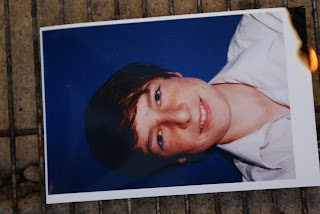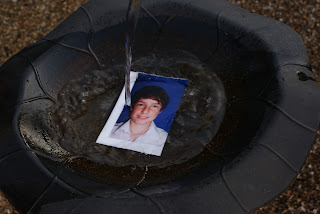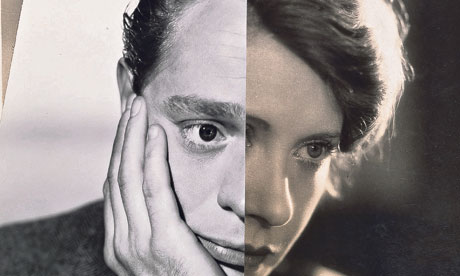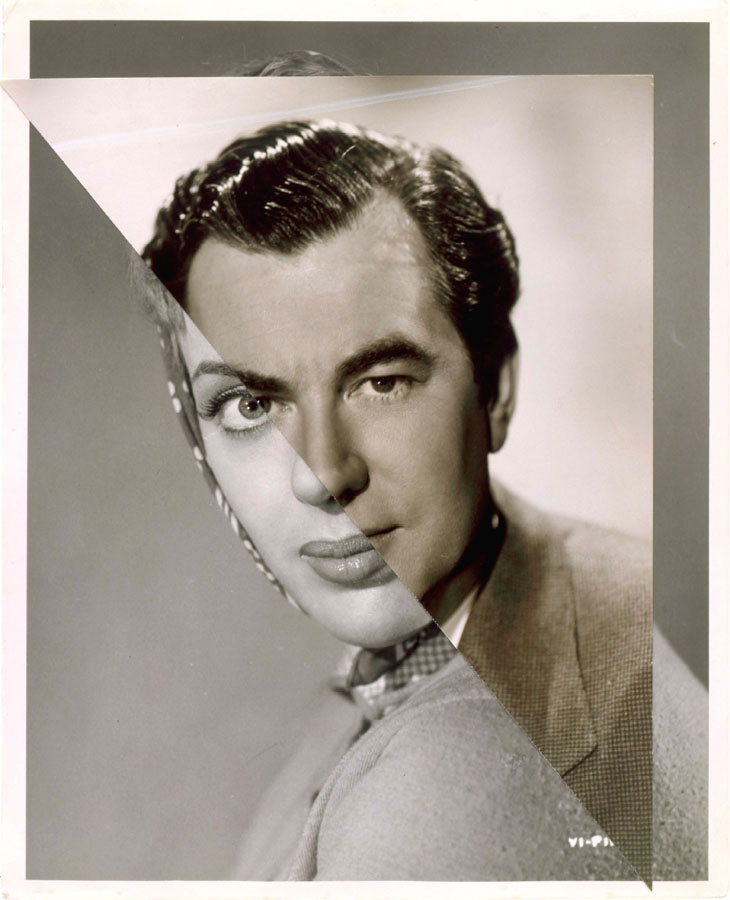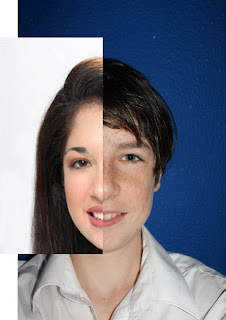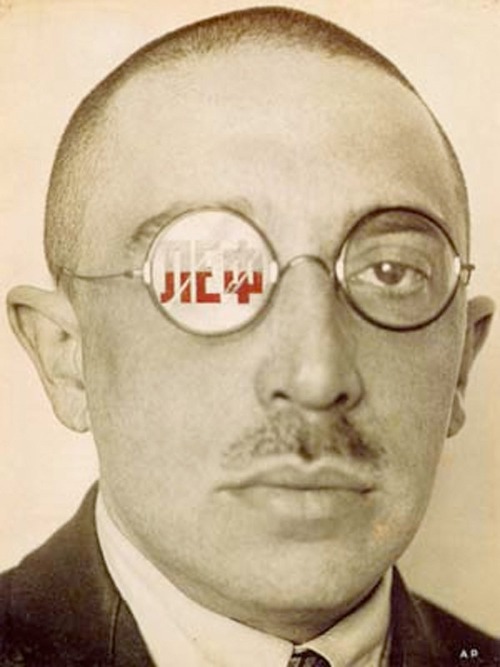For this experiment I tried out different ways of how the photos would deteriorate. I then documented how they got worse. I did these experiments to discover if we could manipulate the photo by leaving them in a placefor a week or burning a photo. For all three of these experiment I used a portrait of me and documented what happened to them. This is the portrait photo.
In this experiment I set fire to the top right corner of the photo. I then took a picture of what happened every 2 seconds. I did this until the photo turned into ashes.
The flame was weak here.
The flame started getting bigger here.
Cracks started to appear in the photo making the photo crumple.
Parts of teh photo starteed to fall off.
Ashes started to appear and some of the black parts of the photo turned white.
I found this experiment hard because it was a windy day and so the fire kept going out so I had to use some more matches. I also enjoyed doing it because I liked to see how the photo would disintegrate.
For another experiment, I buried a porrtrait photo of me underneath some stone. I left the photo there for 8 days. I then dug up the photo every two days to take a photograph of it to see how it had een manipulated over that period of time and how it gets worse teh longer it is underneath the stones for.
The stones had scratched the photo a lot leaving white marks on it. There was also some material on top of the photo.
It rained on the fourth night and so some of teh ink ran.
Some soil was on the photo and so it covered up parts of my face. The black of my hair made the colour of my face near to the black turn red.
This was the last day and there is a big difference in this photo and how it started out. There are loads of small white dots where the stones have scratched the photo and taken away small parts of it. There is a bit of red on the white becasue teh colour has run to the sides and the bottom of the photo. There is also a lot of soil on the photo.
I did another experiment which was to put my portrait in a birdbath full of water and see how the photo would be manipulated by the water.
There was lots of material in the water and I found a stone in there which was lying on top of the photo and it had scratched the middle of the photo.
The colour of my face started to run onto the white parts of the photo and my hair was turning green.
This is the last photo. The paper has crumpled up, my hair is green and the colour of my face has run onto the white parts of the paper. All of the colours on this photo have faded and there is a massive difference between the photo at the start of this experiment and the finall product.
I found this project interesting becuase it is changing a photo through a way that I haven't done before.
I found this project interesting becuase it is changing a photo through a way that I haven't done before.


